When making candles, one of the most sought-after features is a strong and satisfying fragrance throw — the ability of a candle to fill a space with its scent. Whether you’re making candles for personal enjoyment or selling them to customers, understanding and improving fragrance throw is key to ensuring your candles truly stand out.
This blog will explain what fragrance throw is, the difference between hot and cold throw, and provide actionable tips for improving scent strength. Whether you’re a beginner trying to perfect your first candles or an experienced maker troubleshooting scent issues, this guide will help you create candles that smell stronger.
What is Fragrance Throw?
Fragrance throw refers to a candle’s ability to diffuse its scent into a room. There are two types of fragrance throw to consider:
Cold Throw
Cold throw is how strongly a candle smells when it’s not burning. This is the scent you experience when you lift a candle for the first time or test its aroma in solid form. A strong cold throw creates an immediate impression and is especially important for attracting customers or enticing gift recipients.
Hot Throw
Hot throw is the scent released when a candle is burning. This is arguably the most important factor for end-users, as it determines how effectively your candle fills a space with fragrance during use. Creating a strong hot throw ensures your candles deliver lasting satisfaction to the people lighting them.
While both cold and hot throw are important, this article focuses on how to maximise both, resulting in premium, high-performing candles.
Tips for Improving Fragrance Throw
The strength of your candle’s fragrance throw depends on multiple factors, from the type of materials you use to your crafting techniques. Below, we’ve outlined the best strategies for boosting scent power and achieving beautifully fragrant candles.
1. Choose the Right Wax
The type of wax you use plays a significant role in fragrance throw. While all waxes can work well, each has different performance characteristics and fragrance-retention capabilities:
- Soy Wax: A popular choice for its clean burn and natural appeal, soy wax provides excellent cold and hot throw when paired with the right fragrance oils and techniques.
- Paraffin Wax: Known for its exceptional scent throw, paraffin is an option for those focusing purely on fragrance performance. However, it’s less eco-friendly.
- Blended Waxes (e.g., soy-paraffin blends): These strike a good balance, combining the strengths of both soy and paraffin.
- Beeswax and Coconut Wax: While more luxurious, these can sometimes struggle with hot throw unless expertly formulated with oil blends. At Candle Creations we do offer a beeswax blend and a coconut soy blend. Both are very popular and make a great candle.
Make sure to choose a wax with a good track record for holding and releasing fragrance effectively. GW464 is formulated especially for candles and has an excellent scent throw.
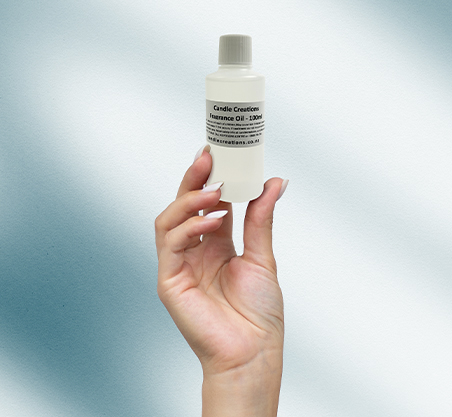 2. Use the Correct Fragrance Load
2. Use the Correct Fragrance Load
The strength of your candle’s scent depends heavily on the fragrance load, which is the amount of fragrance oil added to your wax. A typical guideline is to use between 6% and 10% fragrance oil per weight of wax, but this may vary by wax type.
Here are some tips for balancing fragrance load:
- Check the manufacturer’s maximum fragrance load for your wax type. Exceeding this can cause issues like oil pooling or wick clogging.
- Test different fragrance percentages starting at around 6%, increasing gradually until you achieve the desired scent strength.
- Avoid underloading your wax. A fragrance load below 5% often results in weak hot throw.
3. Choose High-Quality Fragrance Oils
Not all fragrance oils are created equal. Poor-quality oils or those not formulated specifically for candles may produce weak or unbalanced scents. Invest in premium fragrance oils that are phthalate-free, skin-safe (if relevant), and thoroughly tested for candle making like our selection of fragrance oils.
Key considerations when selecting fragrance oils:
- Candle-Specific Oils: Ensure the oils are designed for use in both soy and paraffin wax candles to maximise compatibility and performance.
- Blend Appropriately: Certain oils work better when blended. Try mixing complementary scents or layering base, middle, and top notes for a more complex aroma.
- Check Reviews: Look for oils with positive feedback on both cold and hot throw.
4. Ensure Proper Wick Sizing
An often-overlooked factor in improving fragrance throw is selecting the right wick size. The wick affects how evenly the wax melts, which in turn influences scent dispersion.
Tips for Correct Wick Sizing:
- Use wick guides like the ones on our website as a starting point.
- Ensure the wick creates an even melt pool (about 0.5cm deep across the candle’s diameter).
- If the melt pool doesn’t reach the edges, try a larger wick. If the flame is too large or the wax burns too quickly, downsize.
Proper wick sizing ensures your candle burns optimally, releasing the fragrance evenly.
5. Monitor and Test Temperature
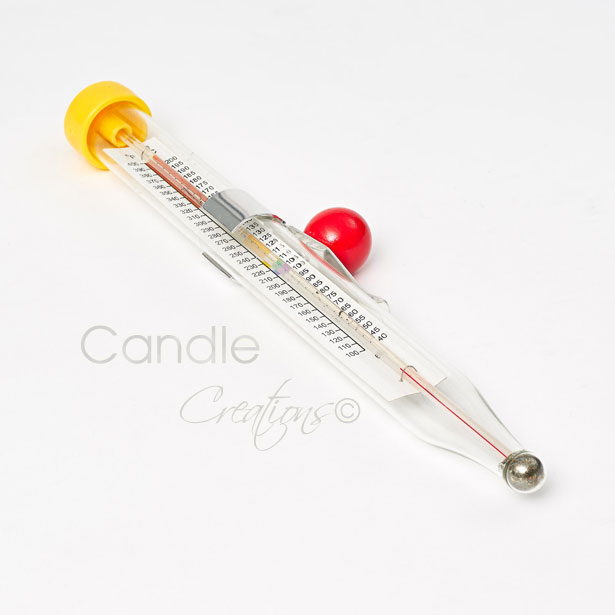 Temperature control during the production process has a critical impact on fragrance throw. Fragrance oils bind best with wax when added at the right temperature and poured correctly.
Temperature control during the production process has a critical impact on fragrance throw. Fragrance oils bind best with wax when added at the right temperature and poured correctly.
Key Temperature Tips:
- Add Fragrance at the Right Wax Temperature:
Most fragrance oils should be added to melted wax at temperatures between 60°C and 80°C—this varies by wax type, so refer to the manufacturer’s recommendations. Adding fragrance when the wax is too hot may burn off scent notes, while cooler temperatures risk poor binding.
- Pour at the Right Temperature:
Pouring wax into moulds or jars at the wrong temperature can also affect performance. Cool pours (but not too cool) help minimise air bubbles and produce smoother surfaces, supporting a better burn.
6. Cure Your Candles
Curing is the process of allowing a candle to rest for some time after being poured. This step is critical for letting the fragrance fully bind with the wax and reach its maximum potential.
How to Cure Candles:
- Allow your finished candles to cure for at least 24 to 48 hours before testing their cold or hot throw.
Patience pays off—properly cured candles are more likely to deliver strong hot throw.
7. Test and Troubleshoot Regularly
Finally, testing is key to crafting candles with unbeatable fragrance throw. Every adjustment you make should be tested for its impact on scent strength, using consistent methods to evaluate results.
Conduct Burn Tests:
- Test Different Wick Sizes and Fragrance Loads:
Light the candle in a controlled environment and observe its behaviour, including the melt pool and scent diffusion.
- Check Throw in Different Rooms:
Evaluate scent strength in spaces of varying sizes to understand how well your candle fills the area.
If issues persist, work systematically to diagnose the problem, tweaking one variable at a time (e.g., changing wax, wick, or fragrance percentages).
Common Issues and Solutions for Weak Fragrance Throw
|
Issue |
Possible Cause |
Solution |
|---|---|---|
|
Weak cold throw |
Low fragrance load or poor-quality oil |
Increase fragrance percentage or use higher quality oils. |
|
Weak hot throw |
Wick too small or uneven melt pool |
Use a larger wick or ensure a proper melt pool. |
|
Scent oil pooling on candle surface |
Fragrance load too high or temperature issues |
Reduce fragrance load or adjust pouring temperature. |
|
Uneven or patchy scent diffusion |
Improper curing or incorrect wick size |
Ensure candles are adequately cured; recheck wick size. |
Final Thoughts
Creating candles with a powerful fragrance throw is both a science and an art. By selecting the right wax, fragrance oils, and wicks, as well as paying close attention to your techniques, you can craft candles that impress with both their cold and hot throw.
Perfecting fragrance throw takes time and patience, but the reward is well worth the effort. Whether you’re making candles for yourself or as part of a business, strong scent performance will set your creations apart and keep customers coming back for more.
Happy candle making!

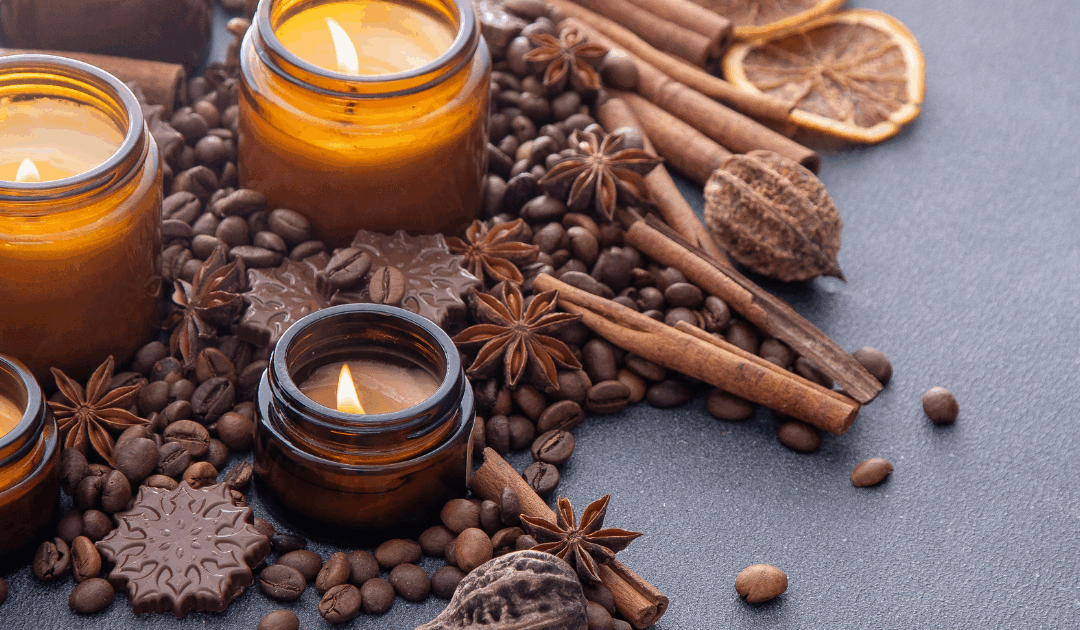
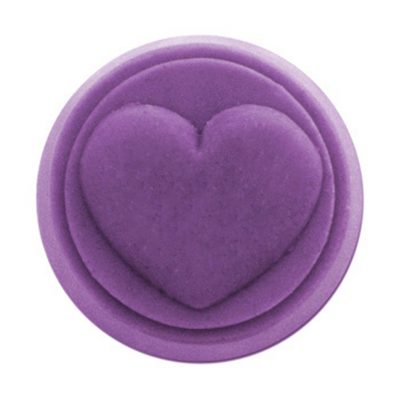
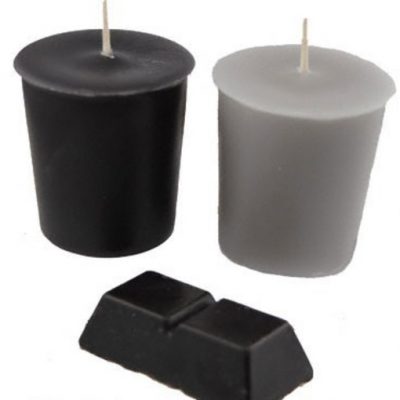
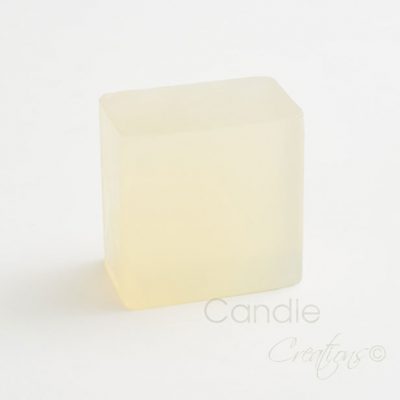
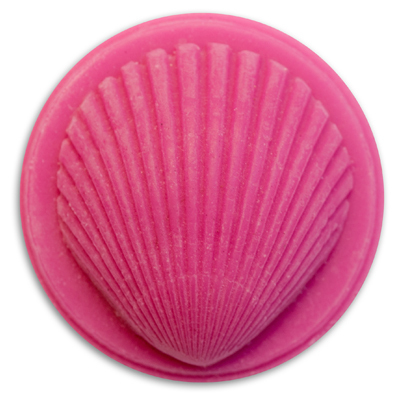
This information is perfect, thankyou so very much for sharing. Candle making is an exceptional creative art and you need to get things wrong to get better and better!